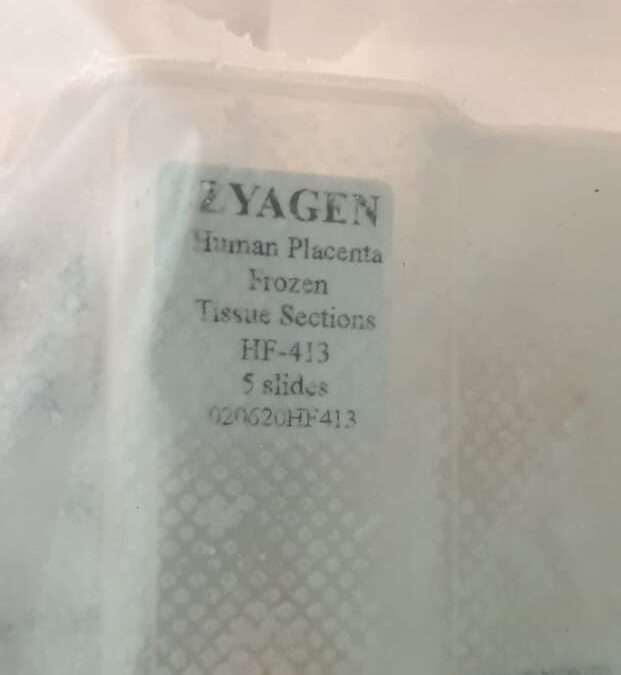The position and mechanism of long non-coding RNA cytoskeleton regulator (CYTOR) in invasive pituitary adenomas (IPA) has not been elucidated beforehand. This research aimed to examine the interplay between CYTOR and miR-206 and their roles in IPA utilizing HP75 cells because the mannequin. The expression ranges of CYTOR and miR-206 had been detected by quantitative real-time polymerase chain response (qRT-PCR) in IPA tissues and cell strains. The Chi-square take a look at was used to analyze the correlation between CYTOR expression and clinical-pathological parameters.
HP75 cell proliferation was detected by Cell Counting Kit-Eight assay and colony formation assay. Scratch therapeutic experiments and Transwell assay had been used to detect migration and invasion of HP75 cells. The relationship between CYTOR and miR-206 was predicted by bioinformatics and verified by qRT-PCR and dual-luciferase reporter gene methodology. Expression of LINC00504 in breast most cancers was analyzed by quantitative real-time polymerase chain response. The results of LINC00504 on proliferation, apoptosis, in vitro migration and invasion, and in vivo tumor progress had been elucidated utilizing Cell Counting Kit-Eight assay, circulate cytometry.
CYTOR is up-regulated in IPA tissues and cell strains. The excessive expression of CYTOR is related to adenoma invasiveness and adenoma measurement of the sufferers. Down-regulation of CYTOR decreases the proliferation, migration and invasion of HP75 cells, whereas up-regulation of miR-206 can inhibit proliferation, migration and invasion of HP75 cells. MiR-206 is recognized as a goal of CYTOR and may very well be negatively regulated by it in IPA. Differentially expressed miRNAs had been filtered from 34 paired lung most cancers and paracancerous tissues. The correlation between miR-133a expression and the prognosis of lung most cancers sufferers was decided by a bioinformatics web site.
Furthermore, malignant aggressiveness of lung most cancers cells was detected after miR-133a upregulation by CCK-8, circulate cytometry, and Transwell assays and in vivo tumorigenesis and metastasis experiments. Subsequently, we analyzed mRNA downregulated in cells overexpressing miR-133a utilizing m microarray evaluation and expounded the upstream regulatory mechanism of miR-133a utilizing bioinformatics web site prediction and useful validation. Transwell assays, and tumor xenograft fashions, respectively. Bioinformatics analyses along side RNA immunoprecipitation, luciferase reporter assays, and rescue experiments had been carried out to examine the underlying molecular mechanisms.
MicroRNA-483 Functions as an Oncogene in Colorectal Cancer
Colorectal most cancers is the third main cancer-related deadly illness on this planet, and its morbidity and mortality are rising. In latest years, the researches of miRNAs have supplied new concepts for the prognosis and therapy of colorectal most cancers. Although earlier research have confirmed the irregular expression of miR-483 in numerous sorts of tumors, the expression degree of miR-483 in colorectal most cancers stays to be elucidated. The results of miR-183 and TPM1 on processes equivalent to cell proliferation, invasion and migration had been evaluated utilizing in vitro gain- and loss-of-function experiments.
The impact of up-regulated miR-483 on colorectal most cancers cell operate was detected by cell operate take a look at. In order to additional make clear the impact of up-regulation of miR-483 on colorectal most cancers cells, we carried out tumorigenesis experiments in nude mice. The outcomes confirmed that after transplantation of colorectal most cancers cells subcutaneously in nude mice, the tumors within the over-expression group of miR-483 had been considerably bigger than these within the management group. miR-483 is a crucial regulator of the prevalence and improvement of colorectal most cancers.
The outcomes of this research are useful to perceive the event of colorectal most cancers and to formulate prognosis and therapy methods for colorectal most cancers. miR-133a was decreased in lung most cancers tissues, and sufferers with low expression of miR-133a have worse survival charges. miR-133a restoration curtailed progress and metastasis of lung most cancers cells in vitro and in vivo. Moreover, miR-133a downregulated PTBP1 expression, whereas overexpression of PTBP1 attenuated the suppressive impact of miR-133a on lung most cancers cell aggressiveness. The degree of methylation modification of miR-133a was decreased in lung most cancers cells. KDM5C inhibited the expression of miR-133a by selling the demethylation modification of its promoter histone.

Inhibition of most cancers cell-derived exosomal microRNA-183 suppresses cell progress and metastasis in prostate most cancers by upregulating TPM1
Emerging proof continues to spotlight the numerous position of microRNAs (miRNAs) within the regulation of most cancers progress and metastasis. Herein, the present research aimed to elucidate the position of exosomal miR-183 in prostate most cancers improvement. Initially, public microarray-based gene expression profiling of prostate most cancers was employed to establish differentially expressed miRNAs. The putative goal gene TPM1 of miR-183 was subsequently predicted, adopted by the appliance of a luciferase reporter assay and examination of the expression patterns in prostate most cancerssufferers and cell strains. The impact of PC3 cells-derived exosomal miR-183 was validated in LNCaP cells. In vivo experiments had been additionally carried out to study the impact of miR-183 on prostate tumor progress.
High expression of miR-183 accompanied with low expression of TPM1 was detected in prostate most cancers. Our knowledge indicated that miR-183 might goal and downregulate TPM1, with the overexpression of miR-183 and exosomal miR-183 discovered to promote cell proliferation, migration, and invasion in prostate most cancers. Furthermore, the tumor-promoting impact of exosome-mediated supply of miR-183 was subsequently confirmed in a tumor xenograft mannequin. Taken collectively, the important thing findings of our research show that prostate most cancers cell-derived exosomal miR-183 improve prostate most cancers cell proliferation, invasion and migration through the downregulation of TPM1, highlighting a promising therapeutic goal in opposition to prostate most cancers.


